Analysing visual arts can make you feel happier and relaxed as well as may help you learn new things about yourself. This view is strongly supported by Slow Art Day practitioners. The Slow Art Day, this year on the 8th April 2017 may be a great opportunity to start practising connecting with the art, developing your observation skills and exploring your inner self.
Emotional and transformative powers of art
Art can change us or the ways we perceive the world around us. Art can distance us, calm us down, or do completely opposite: annoy us! For sure, art evokes feelings. Sometimes all we see makes perfect sense to us, the other time we get curious and pursue finding the meaning there and then. This way we enter the magical world, forgetting about our everyday concerns and “through Art, and through Art only, that we can realize our perfection; through Art, and through Art only, that we can shield ourselves from the sordid perils of actual existence” (Oscar Wilde).
Art is not only about aesthetic beauty. It is a powerful communication tool. When looking at a piece of art, we challenge ourselves and go beyond what we see (the questions listed below will help us), trying to understand artists. We explore dimensions of meanings, sharpen and re-shape our senses. We change perspectives and find new ways of perceiving the reality. This may lead to conscious changes in our opinions, widening horizons, transforming us as individuals.
How to take part?
Pick a gallery, a museum or an exhibition to visit. To avoid disappointment, book a place if necessary.
It is recommended to choose up to 5 pieces of art and look at each piece slowly for about 5-10 minutes. You can do it individually or in a group with a facilitator who may help you get through the process for the first time. Then, discuss your experiences with others either during or after the viewings.
Choose your own starting point and follow your own directions. The Rubin Museum in New York suggests these exercises to be done while exploring works of art:
- Ask yourself these questions: What is the first thing you notice about this artwork? Does this make you think of anything that you’ve seen before? What do you see that makes you say that? What materials are used and why? Continue with these: What are the colours? What about the texture and light? If that is a painting, how does the frame look like? What type of a painting is that? What can you see in the background and in the foreground?
You may want to extend this list with additional questions from and based on Amy E. Herman’s book Visual Intelligence (but only in relation to studying art, not taking objective real-life surveillance), for example:
Who can you see? Do you know anything about this person? How does this person look? What is this person wearing? How is this person feeling? What about the person’s body language? What else can you see? Is there anything special or unusual about this person/these objects? Can you see any more details? What is happening? What may have happened? When is the action taking place? What time (of year/day) is it? What about the period? Where is this taking place (room, building, town, city, countryside, country)? What may it symbolise?
How does the work make you feel? What are you discovering about yourself or your feelings? Are you surprised? Why?
How would you feel if you saw someone defacing it with spray paint?
How would you feel if you saw someone crying, swearing or laughing next to it? What may influence your judgements (eg. history, location, culture, values, religion, education, upbringing, ambitions, desires, failures, likes, dislikes, experiences, political beliefs, mood, physical state, groups you belong to, media, information from peers)? Why? How?
Are these facts or are you making any assumptions?
Study a piece from different angles, from the sides, closely and from the distance, playing with light (if possible), see if this work forms a part of a bigger display on the wall/in the room. Does anything change? How?
All these questions are ready to print here: explore-yourself-through-art-slow-art-day-list-of-questions
- Look at a piece for 5 seconds then turn around and write down five things to describe it. Do the same thing again looking for 10 seconds, then 20.
- Working with a partner, stand or sit back to back. One person faces the object and describes it to the second, who draws it, compare the outcomes afterwards.
My suggestions are as follows:
- After you get back home, try to re-create the piece that was the most influential (just sketch it). Which elements do you remember most? What colours impressed you most? See if you can use any of the ideas to make a part of your lesson around it! Do you feel inspired? How?
- Read more about the work, the artist or the times when the piece of art was created. Explore the historical background, see what may have influenced the artist.
Studying a piece of art is like an intimate, very personal and individual meditation session with the artist and their work, when we absorb the piece of art bit by bit and in detail, not worrying about not being from artistic background, not having any art qualifications or theoretical knowledge around that particular work of art. It is all about us, our perception and understanding the message by paying attention to detail, practising mindfulness through the sense of sight. We focus and we are in the moment paying attention to an experience that is taking us to present. This moment gives us the opportunity to become artists ourselves and feel like artists creating our own interpretation. This way, we take a work of art to the next, personal level with our perceptions and discoveries that make us feel in a certain way. By answering suggested questions we create our own unique stories.
Slow Art is about switching attention from everyday matters to one piece of art, paying close attention to details, close observation, playing with and enjoying art, making art experience accessible to all, abstract thinking (subjective and objective), networking and sharing opinions, contemplating own feelings and being unique in our own interpretations. Slow art is not about being right or wrong, knowing the title, context, style or the painter, being an art expert, rushing through or repeating what others said.
Escape your everyday busy, fast-paced digital life to enter and experience the magical world in one of your local museums on the 8th April joining people all over the world in celebrating Slow Art Day. Experience that moment yourself! It may have a significant impact on your life :-). This experience can be the first step to a long-term pastime. Invite your friends to join you! Make it a social event. Have you tried it before? Have you got any comments to share? How has it helped you?
While preparing this post, I checked What’s on section at Manchester Art Gallery and I was really lucky as there was an event today at lunchtime – Take notice – which I could attend! The session was very skilfully facilitated by Louise Thompson, the health and wellbeing manager at the Gallery. We looked at Mont St Michel by Charles Bentley (1808–1854), pictured below. Louise started by introducing the notion of mindfulness. That followed by practising mindfulness through the sense of hearing and then a 10-minute visual mindfulness session contemplating the painting. At the end we exchanged opinions and shared insights. That was a very relaxing and informative session, thanks!
Useful links:
http://manchesterartgallery.org/exhibitions-and-events/event/take-notice-44/ – lunchtime events every 1st and 3rd Tuesday of each month
http://www.vislit.org/the-art-of-seeing-art/
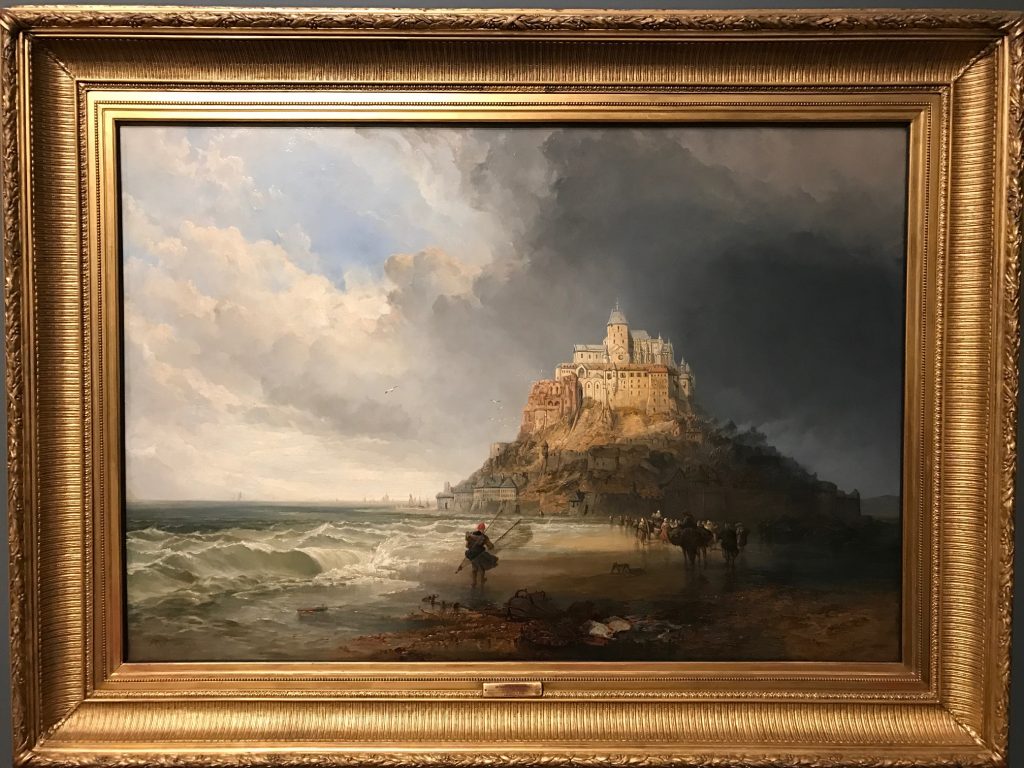
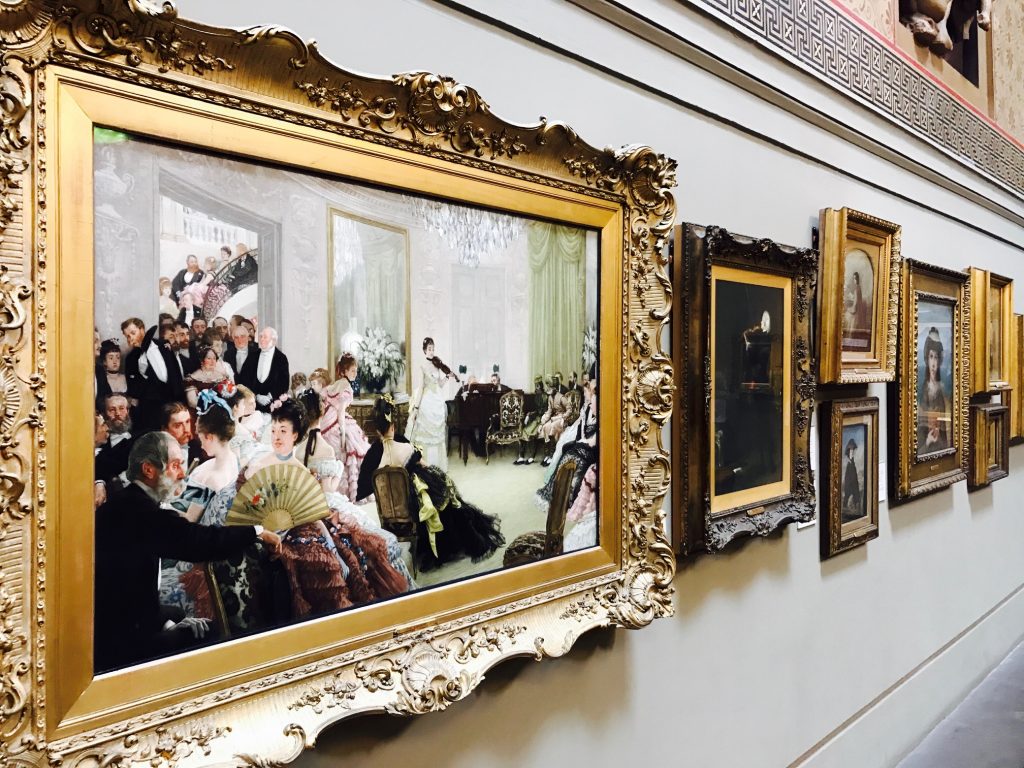


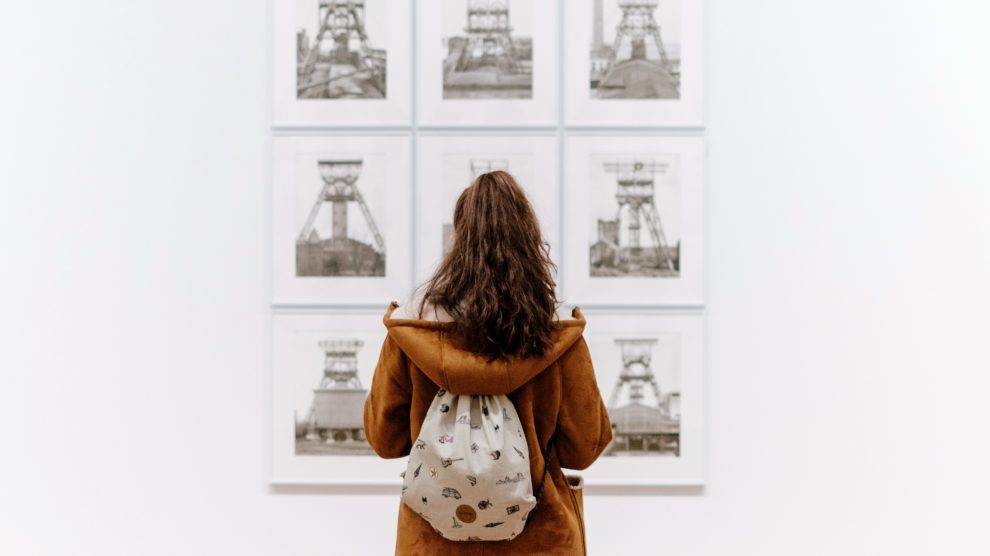

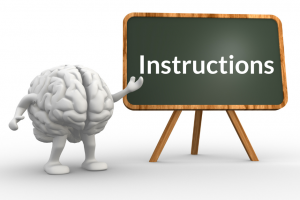
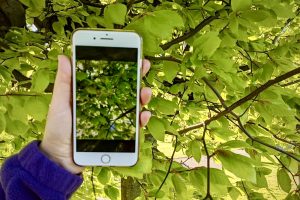
Add Comment